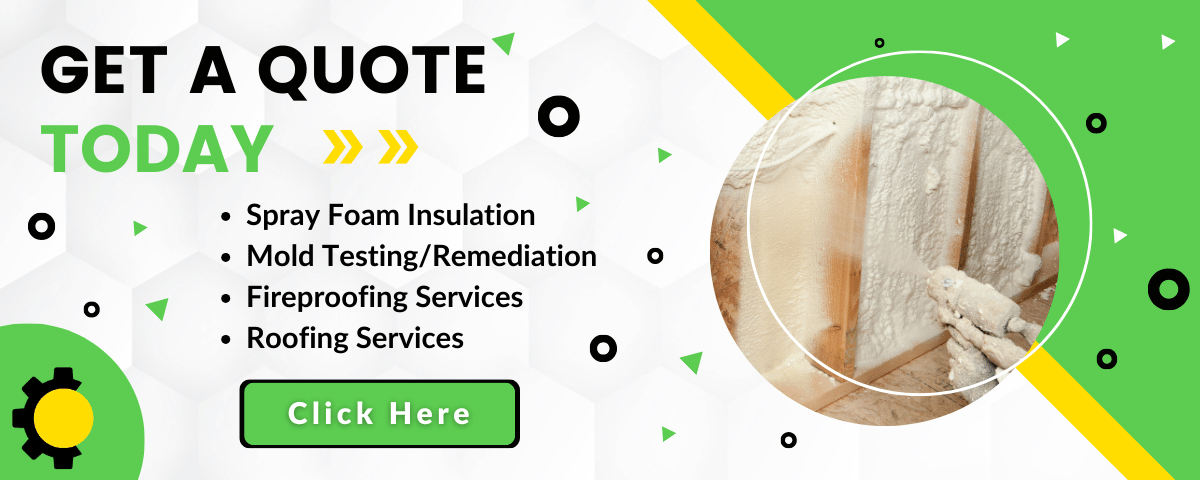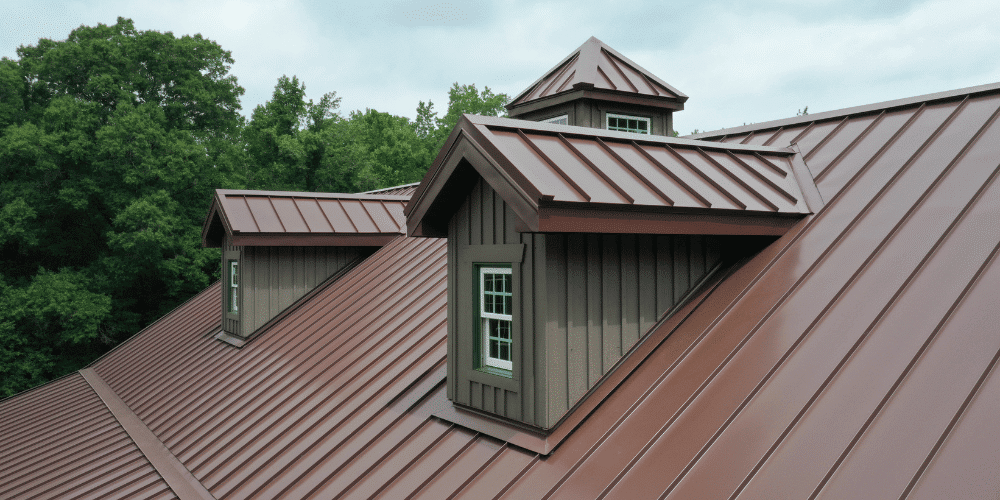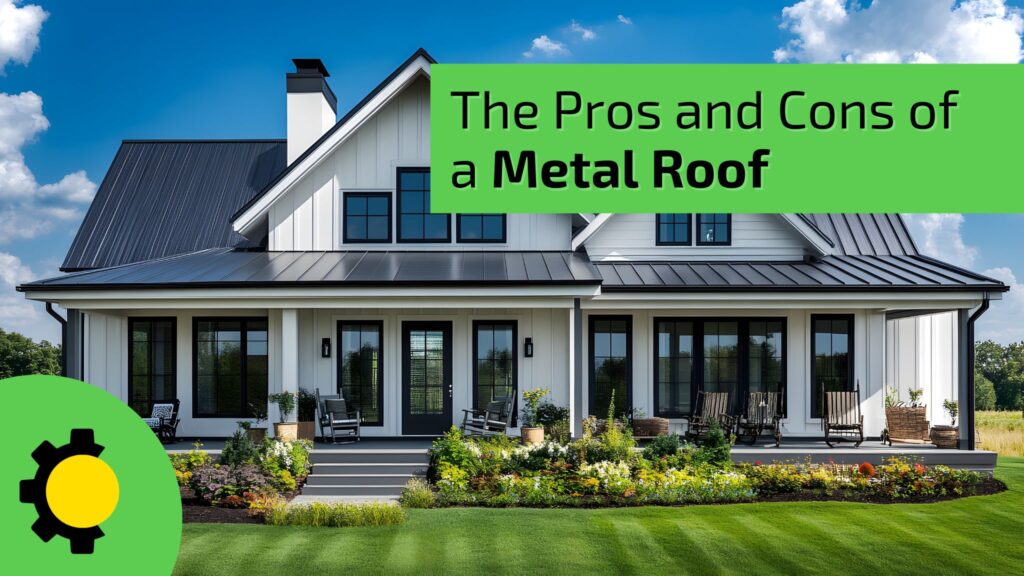Metal roofing has become a popular choice among homeowners and businesses alike, thanks to its reputation for durability, energy efficiency, and modern style. With advances in manufacturing, metal roofs now come in a wide range of colors, textures, and finishes, making them suitable for both traditional and contemporary designs. However, like any type of roofing material, metal roofs come with their own set of advantages and disadvantages. This blog explores the pros and cons of metal roofing to help you decide if it’s the right fit for your property.
Overview of Metal Roofing
Metal roofing encompasses a variety of materials and styles, offering solutions for residential, commercial, and industrial applications.
Types of Metal Roofing:
- Aluminum: Lightweight and resistant to corrosion, ideal for coastal areas.
- Steel: Durable and cost-effective, available in galvanized and coated options.
- Copper: A premium choice known for its aesthetic appeal and natural patina over time.
- Zinc: Offers excellent longevity and a distinctive appearance, often used in custom designs.
- Tin: Less common today but historically used for certain applications.
Panel Styles:
- Standing Seam: Vertical panels with raised seams for a sleek, modern look.
- Corrugated Metal: A more traditional, wavy design often used in agricultural and industrial buildings.
- Metal Shingles: Mimic the appearance of wood, slate, or asphalt shingles for versatile aesthetics.
Metal roofing is a versatile option that caters to various architectural styles and climates, but its suitability often depends on the specific type and design chosen.

Pros of a Metal Roof
Metal roofs come with numerous benefits that make them a worthwhile investment for many homeowners:
- Durability:Metal roofing can last between 40 and 70 years, significantly outliving traditional asphalt shingles. Its resistance to corrosion, cracking, and impacts ensures longevity even in challenging climates.
- Weather Resistance: Metal roofs are designed to withstand extreme weather conditions, including heavy snow, high winds, and hail. They are also fire-resistant, providing an added layer of safety for homes in wildfire-prone areas.
- Energy Efficiency: Reflective coatings on metal roofing help deflect sunlight, reducing heat absorption and lowering cooling costs. This makes metal roofing an eco-friendly option for energy-conscious homeowners.
- Eco-Friendly: Most metal roofs are made from recyclable materials and can be fully recycled at the end of their lifespan. Some options even use recycled metals in their production.
- Aesthetic Variety: Metal roofing is available in a wide range of colors, finishes, and styles, allowing homeowners to customize their roof to complement their home’s design. From sleek, modern looks to rustic or traditional styles, metal roofing offers unmatched versatility.
- Lightweight: Compared to heavier materials like slate or concrete tiles, metal roofing is much lighter, reducing stress on the home’s structural support and simplifying installation.
These benefits make metal roofing an attractive option for homeowners looking for long-term durability, energy efficiency, and a customizable aesthetic.
Cons of a Metal Roof
While metal roofs offer numerous advantages, there are a few drawbacks to consider before making your decision:
- Higher Initial Cost: The upfront investment for a metal roof is significantly higher than traditional options like asphalt shingles. However, the longer lifespan can offset this cost over time.
- Noise Levels: Without proper insulation, metal roofs can amplify the sound of rain, hail, or other impacts, which may be a drawback for some homeowners. Adding insulation can mitigate this issue, but it comes at an additional cost.
- Potential Denting: Certain types of metal, like aluminum or thinner steel, are more susceptible to denting from hail or falling debris. This can be a concern in areas prone to severe weather.
- Expansion and Contraction: Metal roofs expand and contract with temperature changes, which can lead to loosening of fasteners or panels over time. Proper installation by an experienced roofing contractor is crucial to address this issue.
- Installation Challenges: Metal roofing requires specialized tools and expertise, which can increase labor costs. An improperly installed metal roof can lead to issues like leaks or reduced durability.
- Limited Insulation: Metal roofing materials themselves provide little insulation, so additional layers may be needed to maintain energy efficiency in extreme climates.
These potential drawbacks highlight the importance of working with a professional roofing contractor to ensure the installation and maintenance of a metal roof meet your expectations.
Situations Where Metal Roofing Excels
Metal roofing isn’t the right fit for every home, but it shines in certain situations:
- Regions with Extreme Weather: Homes in hurricane-prone or snowy areas benefit greatly from metal roofing’s durability and resistance to wind and heavy snow loads. Its fire resistance also makes it an excellent choice for regions at risk of wildfires.
- Eco-Conscious Homeowners: If sustainability is a priority, metal roofing’s recyclable materials and energy efficiency make it an appealing choice. Many options are made with a high percentage of recycled content.
- Long-Term Investments: For homeowners planning to stay in their property for decades, the long lifespan of a metal roof offsets the higher upfront cost. It’s also a great option for properties aiming to boost resale value due to its aesthetic and practical appeal.
These scenarios demonstrate how metal roofing can meet specific needs and provide long-term benefits that outweigh its initial challenges.

Is a Metal Roof Right for You?
Deciding whether a metal roof is the right choice depends on your specific needs and priorities. Here are some factors to consider:
- Climate: Metal roofs perform exceptionally well in areas with extreme weather, including high winds, heavy snow, or intense sunlight. If your region experiences frequent hail, consider a thicker or more dent-resistant metal option.
- Budget: While the upfront cost is higher, the durability and energy efficiency of metal roofing can save money in the long term. Evaluate your budget and weigh it against the roof’s expected lifespan and maintenance needs.
- Aesthetic Preferences: Metal roofs offer unmatched versatility in terms of design, making them suitable for both modern and traditional homes. If you value customization, a metal roof could be a great fit.
- Sustainability Goals: If you prioritize eco-friendly choices, the recyclability and energy efficiency of metal roofing make it an excellent option.
- Professional Installation: Metal roofing requires skilled installation. Work with a reputable roofing contractor to ensure proper setup and long-term performance.
Considering these factors alongside the pros and cons can help you determine if a metal roof aligns with your home’s requirements and your long-term goals.
Conclusion
Metal roofing is a durable, energy-efficient, and stylish option that’s well-suited to a wide range of applications. Its longevity, weather resistance, and eco-friendly attributes make it a worthwhile investment for many homeowners. However, the higher upfront cost, potential for noise, and specialized installation needs are important considerations.
By understanding the advantages and disadvantages of metal roofing, you can make an informed decision that suits your budget, climate, and aesthetic preferences. If you’re thinking about making the switch, consult a professional roofing contractor to explore your options and ensure your roof meets your expectations for years to come.
Whether you’re planning to replace your roof or building a new home, a metal roof offers a reliable and attractive solution that stands the test of time.

